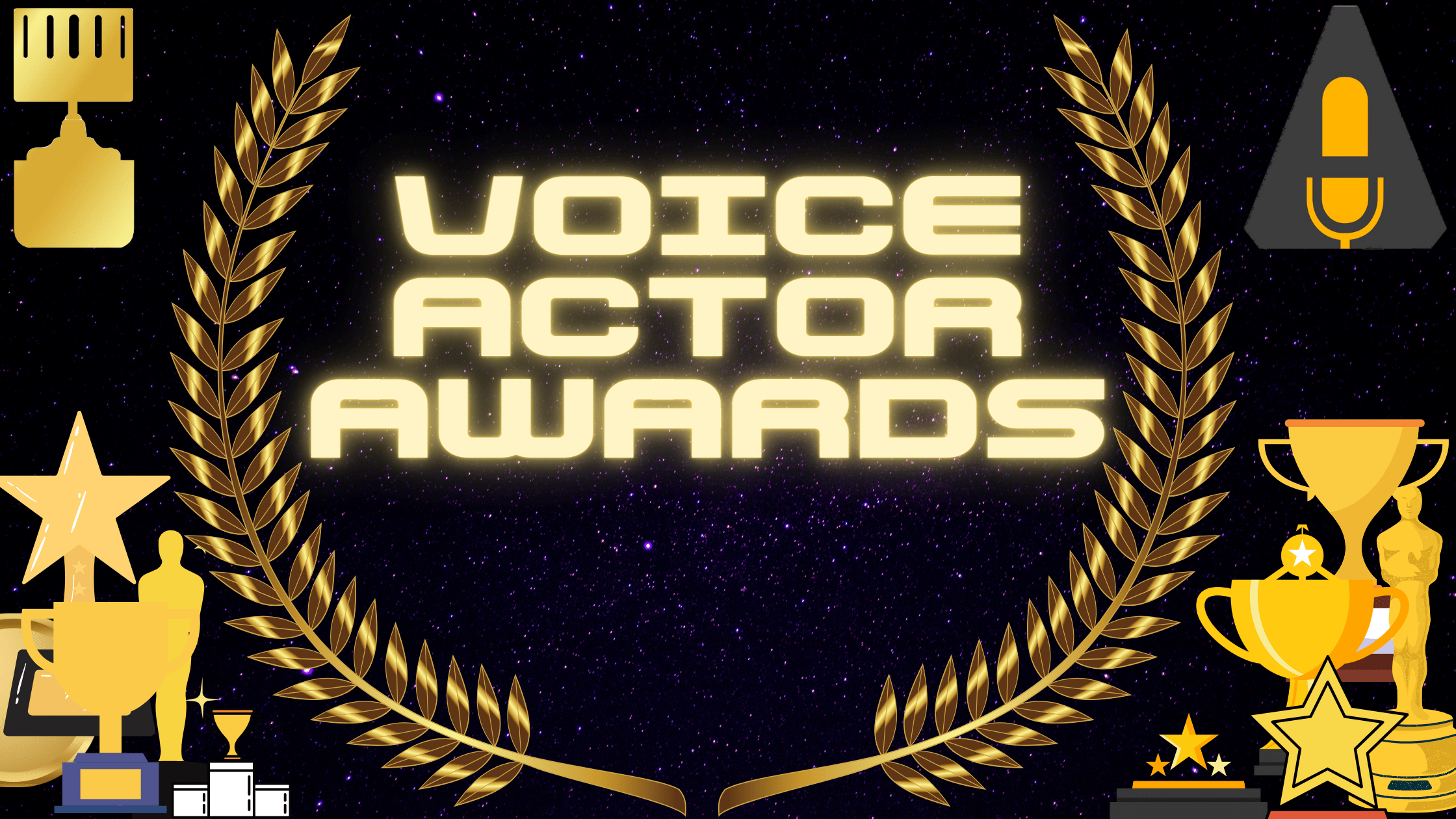
There are many professional awards Voice Actors receive for their acting. Here’s a hot list of the big ones.
![]()
Annie Awards
From their website: Honoring excellence in the field of animation. An Annie Award is animation’s highest honor. Since 1973. Founded by ASIFA – Hollywood.
![]()
Audie Awards
From their website: The Audie Awards® is the premier awards program in the United States recognizing distinction in audiobooks and spoken-word entertainment. Publishers and rights holders enter titles in various categories for recognition of achievement. Finalists are selected, and then one winner is awarded in each category at the Audies Gala.
Television Academy Emmy Awards
From their website: Founded in 1946, the Television Academy is dedicated to honoring excellence in television while promoting creativity, diversity and empowering storytellers through recognition, education and leadership. Learn about the history of Emmy awards for voice-over performance via Wikipedia.
Critics Choice Awards Documentary Best Narration
Per their website: The Critics Choice Association (CCA) is a group of broadcast, radio and online critics as well as entertainment journalists who review films and documentaries as well as scripted and unscripted television. The CCA was officially formed in 2019 with the merger of the Broadcast Film Critics Association and its sister organization, the Broadcast Television Journalists Association.
SOVAS Voice Arts Awards
SOVAS is Society of Voice Arts & Sciences. From their website: The Voice Arts® Awards is uniquely designed to honor the community of performers and craft professionals who perform, direct, produce, cast, engineer, and publish media where voice acting is a central creative element of the work. Categories here. Since 2013.
One Voice Awards
Awards program as part of a conference, once in the USA and another in the UK annually. From their website: The One Voice Awards continues to be the only truly independent voiceover award running today. There’s no “Pay To Win” here. Anyone can submit, and anyone can be in with a chance of winning an award. Since 2018. Categories here.
Let me know if I’ve missed any.




 A Groundbreaking Moment
A Groundbreaking Moment
 Character Appeal
Character Appeal Obstacle Tension
Obstacle Tension Bold Conclusion
Bold Conclusion
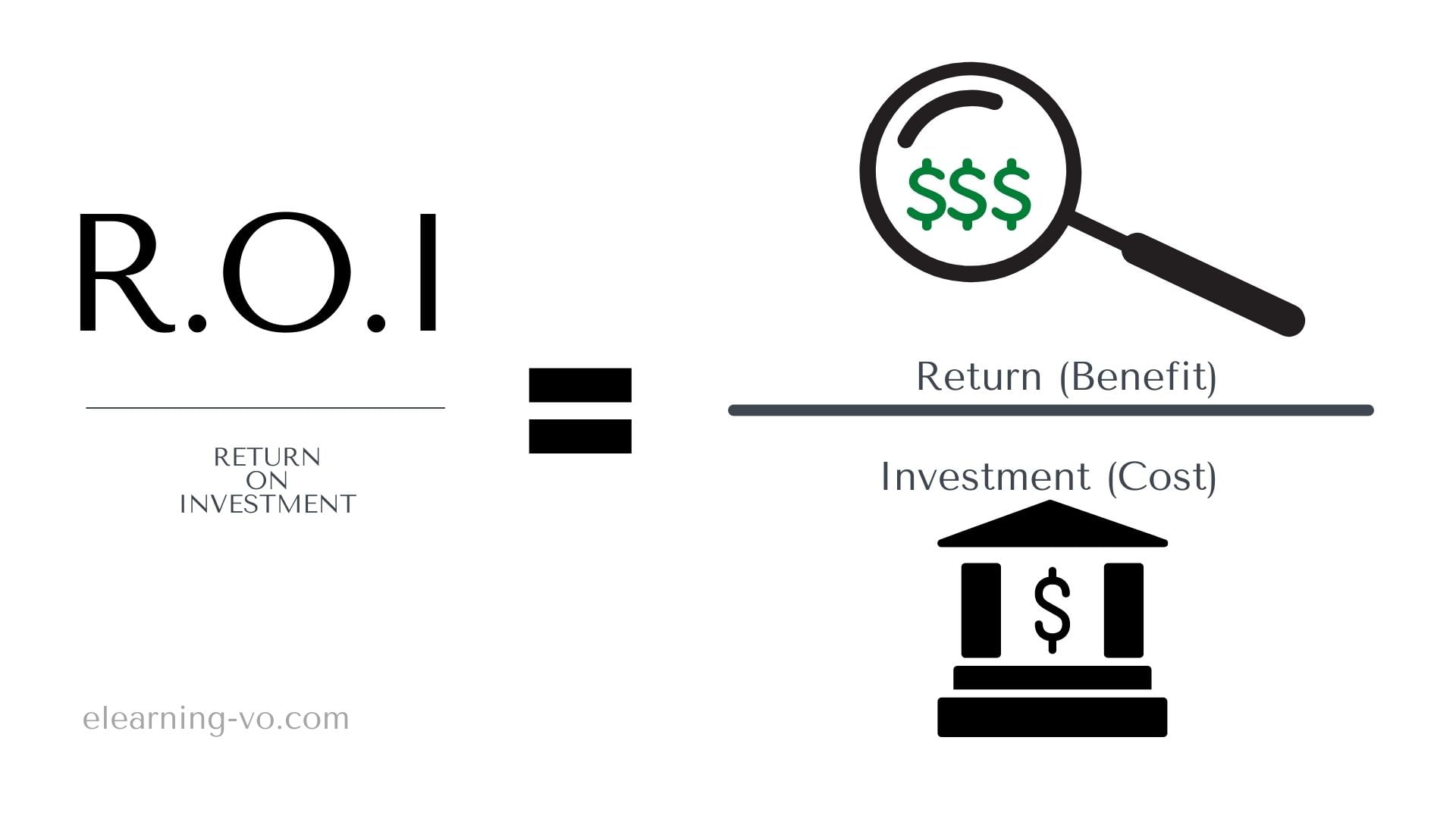



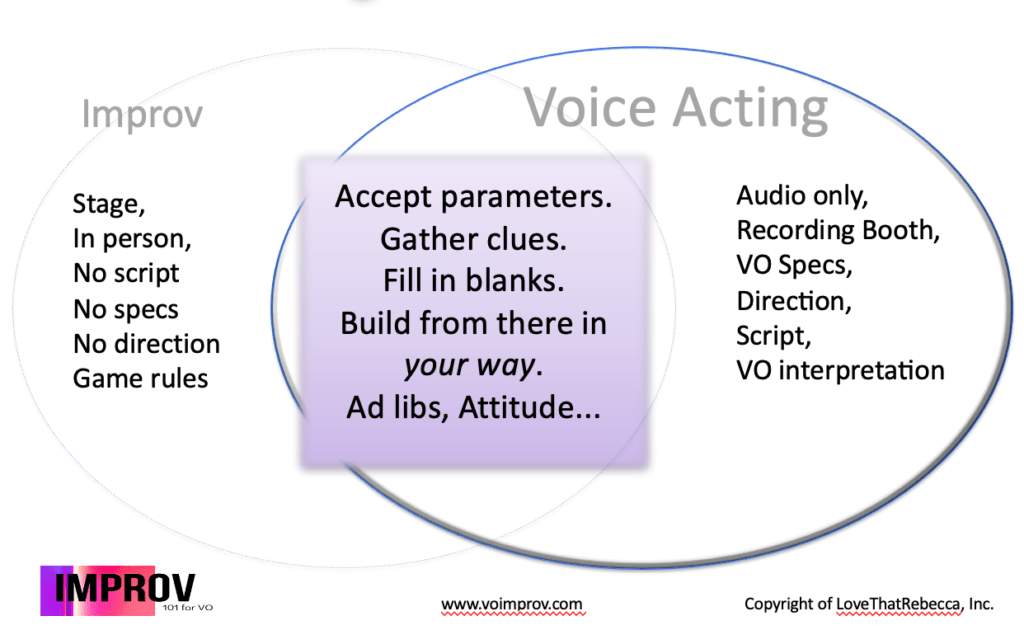

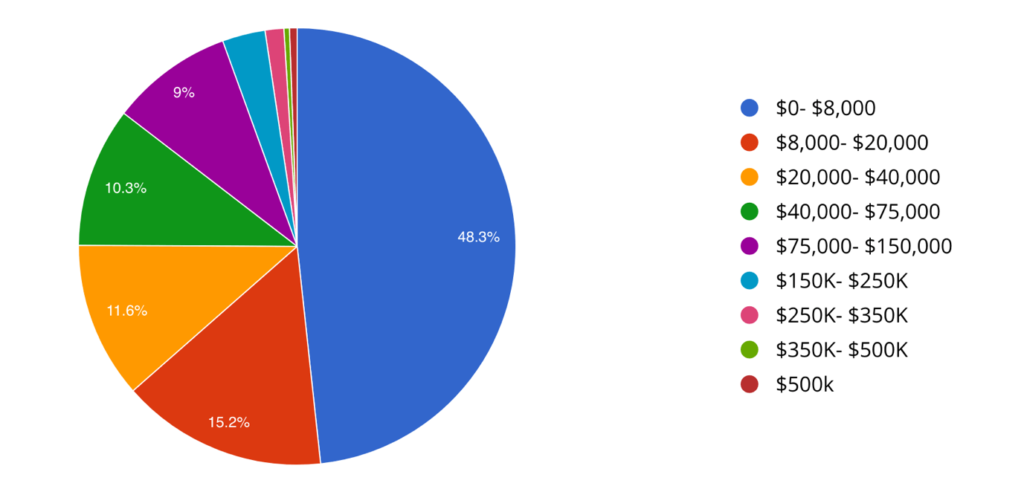





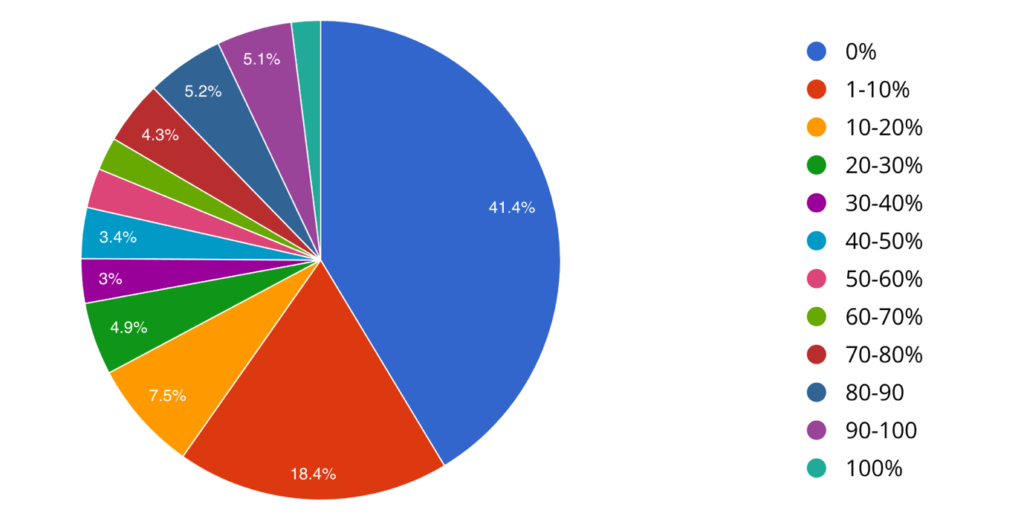
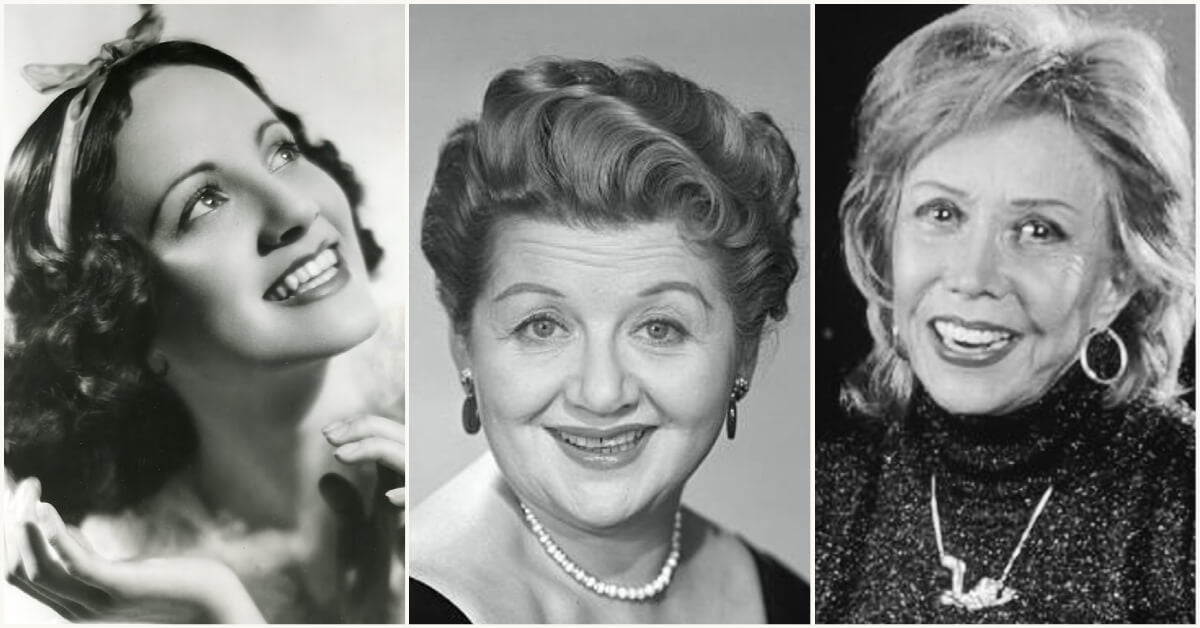
 An official Disney Legend, she is the speaking and singing voice of Snow White, Disney’s main character in the worlds first feature-length animated film. Adriana was the voice Walt Disney knew was meant to be Snow White’s voice as well, when he heard her among the 150 or so auditioning for the role. I felt enchanted when I heard that song “I’m Wishing” as a little girl, and saw the way that Snow engaged animals.
An official Disney Legend, she is the speaking and singing voice of Snow White, Disney’s main character in the worlds first feature-length animated film. Adriana was the voice Walt Disney knew was meant to be Snow White’s voice as well, when he heard her among the 150 or so auditioning for the role. I felt enchanted when I heard that song “I’m Wishing” as a little girl, and saw the way that Snow engaged animals.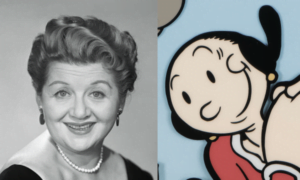 An impersonator, vaudevillian, actress and voice actress – Mae Questel made Betty Boop a media sensation and created the voice of Olive Oyl in more than 450 Popeye cartoons. Extremely famous for her performance as Betty Boop and sensations made while voicing her, Mae captured me with her vocals as Olive Oyl, Popeye the sailor’s girlfriend. I was captivated with Olive Oyl’s silly, unique, fragile, flippant, and sometimes defiant character.
An impersonator, vaudevillian, actress and voice actress – Mae Questel made Betty Boop a media sensation and created the voice of Olive Oyl in more than 450 Popeye cartoons. Extremely famous for her performance as Betty Boop and sensations made while voicing her, Mae captured me with her vocals as Olive Oyl, Popeye the sailor’s girlfriend. I was captivated with Olive Oyl’s silly, unique, fragile, flippant, and sometimes defiant character.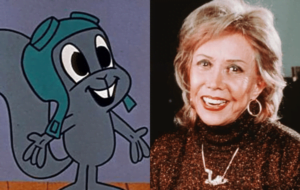 With her dexterous, pliable voice, June Foray worked in radio and then animation for film and TV her whole life. She captured my heart with her vocal portrayal of Rocky the flying squirrel in the “Rocky and Bullwinkle Show” produced by Jay Ward Productions. Since childhood, I have always loved squirrels, including Rocky. Rocky is a smart, flying squirrel that defeats evil with his best friend, a moose.
With her dexterous, pliable voice, June Foray worked in radio and then animation for film and TV her whole life. She captured my heart with her vocal portrayal of Rocky the flying squirrel in the “Rocky and Bullwinkle Show” produced by Jay Ward Productions. Since childhood, I have always loved squirrels, including Rocky. Rocky is a smart, flying squirrel that defeats evil with his best friend, a moose.